Early Indian Art Timeline Explorer
Bhimbetka Rock Shelters
c. 10,000 - 2,000 BCE
Early prehistoric cave paintings featuring handprints, hunting scenes, and dancing figures. These were created by anonymous artists using natural pigments on sandstone.
Known artist: Anonymous
Ajanta Caves
2nd century BCE - 5th century CE
Monastic Buddhist paintings depicting Jataka tales, court life, and landscapes. Created by skilled painters following Shilpa Shastra guidelines, but remaining anonymous.
Known artist: Anonymous monastic painters
Bagh Caves (Wall II)
c. 475 CE (Late Gupta)
First documented Indian artist whose name survives in historical records. Painted wall murals depicting Buddha's life with a luminous Gupta-era palette.
Known artist: Brihaspati (son of Mahendra)
Historians use three main methods to identify early Indian artists:
- Epigraphic inscriptions: Stone or metal captions recording artists' names
- Literary sources: Texts like the Shilpa Shastra mentioning exemplary painters
- Stylistic analysis: Comparing brushwork and composition across artworks
Only the Bagh Caves inscription provides the earliest verifiable signature of an individual artist.
Ever wonder who actually put the first brushstroke on Indian soil? The question feels simple, but the answer dives deep into caves, ancient inscriptions, and centuries‑old texts. In this article we’ll untangle the myth, look at the oldest surviving works, and meet the first Indian artist whose name survived the ages.
What "first Indian artist" really means
Before we name anyone, it’s worth defining the term. First Indian artist is used here to refer to the earliest individual whose name is attached to a work of visual art that can be historically dated within the Indian subcontinent.
That definition excludes anonymous prehistoric creators-like those behind the Bhimbetka Rock Shelters-because we simply don’t know their identities. It also leaves out collective groups such as the monastic painters of the Ajanta Caves, whose masterpieces are legendary but unsigned.
Prehistoric beginnings: Bhimbetka Rock Shelters
The story of Indian visual culture starts around 10,000BCE at Bhimbetka Rock Shelters in central India. The red‑ochre handprints, hunting scenes, and dancing figures reveal a sophisticated visual language long before organized kingdoms.
- Date: Approximately 10,000-2000BCE
- Medium: Natural pigments on sandstone
- Known artists: None - the creators remain anonymous
Historic masterpieces: Ajanta Caves
Fast‑forward to the 2nd‑centuryBCE‑5th‑centuryCE, when Buddhist monks commissioned the Ajanta Caves in Maharashtra. The caves house vibrant frescoes that depict Jataka tales, court life, and lyrical landscapes.
These murals were executed by skilled monastic painters who followed the guidelines of the Shilpa Shastra, an ancient treatise on art, architecture, and iconography. While the treatise mentions roles like chitrakara (painter) and even gives a handful of ideal qualities, it never records individual names for the Ajanta workshops.
- Date: 2ndcenturyBCE-5thcenturyCE
- Medium: Water‑based pigments on dry plaster (dry fresco)
- Known artists: Anonymous monastic crews
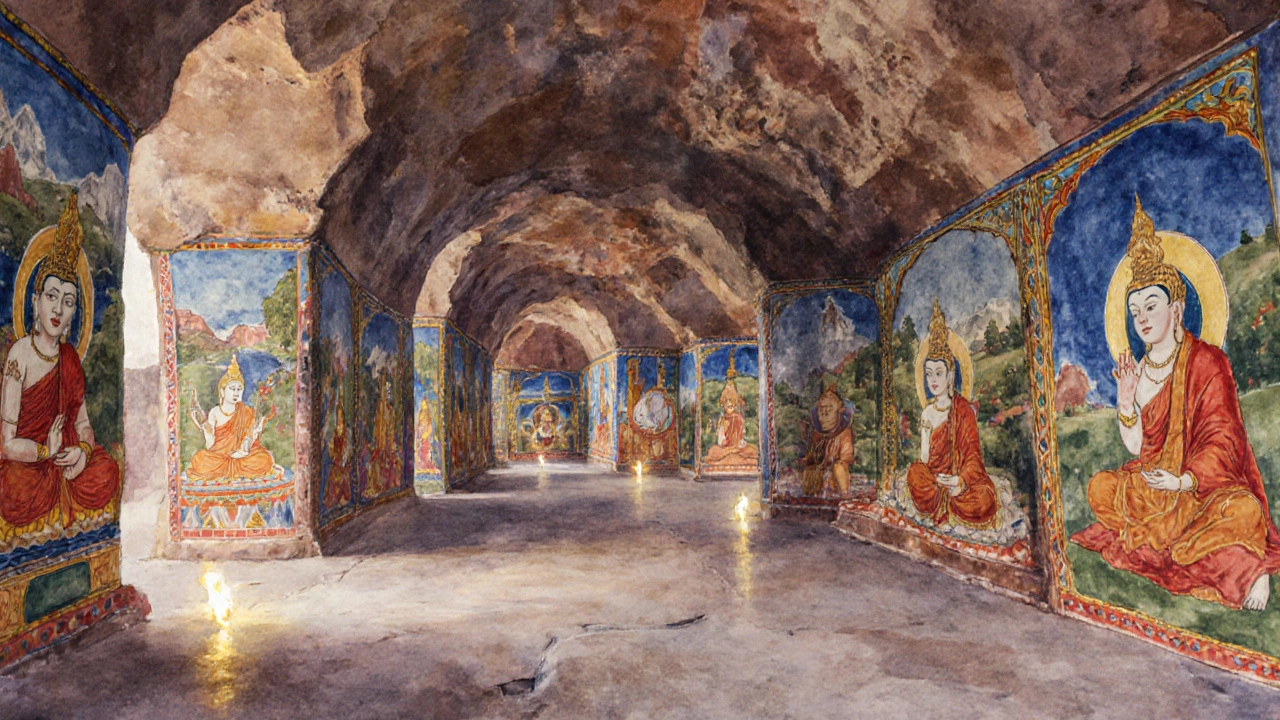
The earliest named painter: Brihaspati of the Gupta Empire
Historical records start to give us a name during the Gupta period (4th‑6thcenturyCE). An epigraph discovered in the Bagh Caves of Madhya Pradesh bears the signature:
"This wall was painted by Brihaspati, son of the famed chitrakara Mahendra."
Scholars date the inscription to around 475CE, making Brihaspati the earliest Indian artist whose personal name survives in a verifiable context. The Bagh Caves murals depict scenes from the life of the Buddha, rendered in the luminous palette that later defined Gupta aesthetics.
- Period: Late Gupta (c.475CE)
- Medium: Tempera on limestone walls
- Known works: Wall paintings in the Bagh Caves (PaletteII)
Because the signature is carved in stone rather than painted, it survives intact, giving modern researchers a concrete anchor point for the emergence of signed Indian art.
How scholars identify early Indian artists
Three main sources help us move from anonymous to named creators:
- Inscriptions: Stone or metal captions that record a patron’s name, the artist’s name, and sometimes the workshop.
- Literary mentions: Texts like the Shilpa Shastra list ideal qualities of a painter and occasionally name exemplary masters (e.g., Vishnu Gupta of the 6th century).
- Stylistic analysis: By comparing brushwork, pigment choice, and composition, experts can attribute a series of works to a single hand, even if the name is missing.
For the Gupta period, the combination of an inscription and stylistic continuity makes Brihaspati a verifiable figure-unlike the anonymous crews at Ajanta.
Legacy: From Brihaspati to later Indian art traditions
Once an artist’s name entered the historical record, a lineage of attribution began. The Gupta aesthetic championed by Brihaspati influenced the pala schools of Bengal, the ornamented murals of the Chola temples, and eventually the miniature paintings of the Mughal courts.
Even centuries later, Persian chronicles mention Indian painters who traveled to Persia, demonstrating that an Indian name attached to a work was a mark of prestige. This tradition of signing works persisted in the Rajasthani and Deccani schools, where artists began to sign their miniatures on the back of the page.
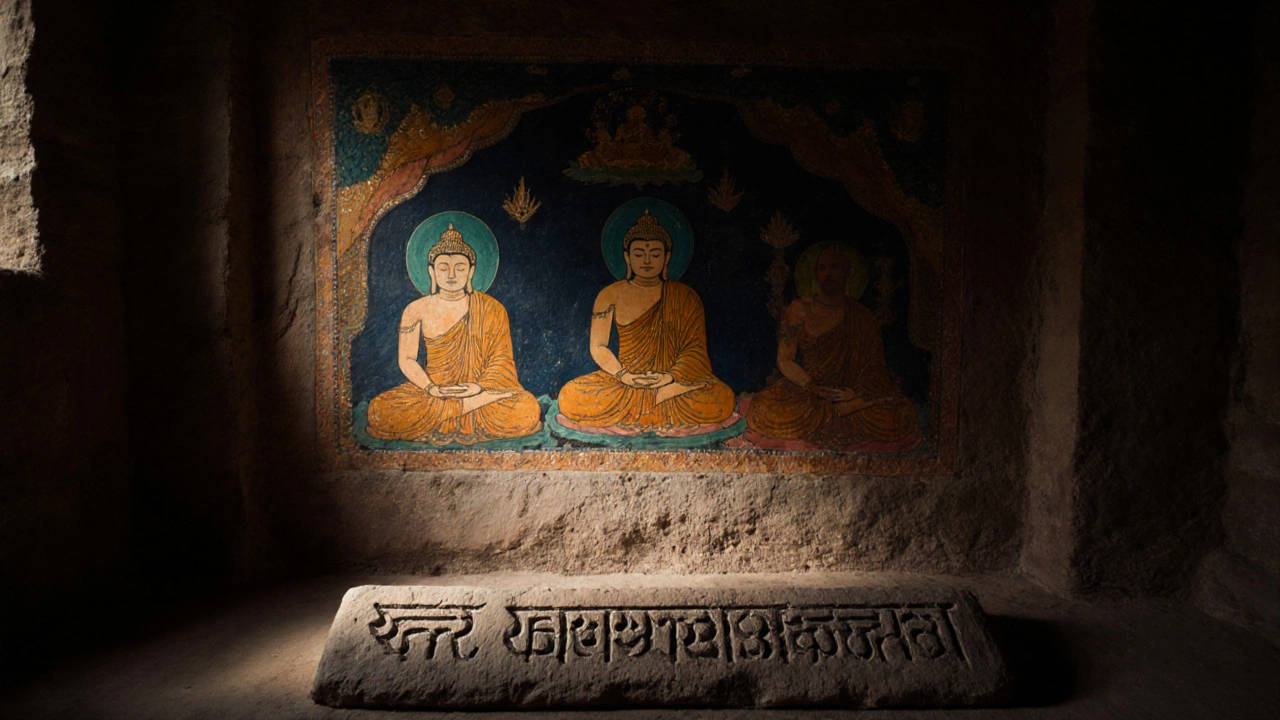
Quick reference: Early Indian Art at a glance
| Site | Date range | Medium | Known artist (if any) |
|---|---|---|---|
| Bhimbetka Rock Shelters | c.10,000-2,000BCE | Natural pigments on sandstone | Anonymous |
| Ajanta Caves | 2ndcenturyBCE-5thcenturyCE | Dry fresco on plaster | Anonymous monastic painters |
| Bagh Caves (WallII) | c.475CE (Late Gupta) | Tempera on limestone | Brihaspati (son of Mahendra) |
Take‑away checklist
- Prehistoric cave art (Bhimbetka) is the oldest visual expression, but the creators are unknown.
- The Ajanta Caves showcase the first large‑scale narrative murals; the painters remain anonymous.
- The earliest Indian artist with a recorded name is Brihaspati, a Gupta‑period painter who signed the Bagh Caves wall paintings around 475CE.
- Inscriptions, literary treatises like the Shilpa Shastra, and stylistic analysis are the three pillars for identifying early Indian artists.
- Brihaspati’s signature set a precedent that echoed through later Indian art traditions, from Pala murals to Mughal miniatures.
Frequently Asked Questions
Who created the earliest cave paintings in India?
The Bhimbetka Rock Shelters contain the oldest known Indian paintings, dating back to around 10,000BCE. The artists are anonymous, so we cannot name an individual.
When were the Ajanta cave murals painted?
Scholars agree the Ajanta frescoes were created over several phases between the 2ndcenturyBCE and the 5thcenturyCE, reflecting the evolving style of Buddhist monastic painters.
Who is the first Indian artist whose name we actually know?
The earliest documented Indian painter is Brihaspati, who signed the wall paintings in the Bagh Caves around 475CE during the Gupta Empire.
What sources help us identify early Indian artists?
Three main sources are: (1) epigraphic inscriptions that name the artist, (2) literary works such as the Shilpa Shastra that mention exemplary painters, and (3) stylistic analysis that links similar brushwork across works.
Did Indian artists sign their works after Brihaspati?
Yes. From the late Gupta period onward, signatures appear on temple murals, palace frescoes, and eventually on Mughal miniature paintings, indicating a growing status for individual artists.
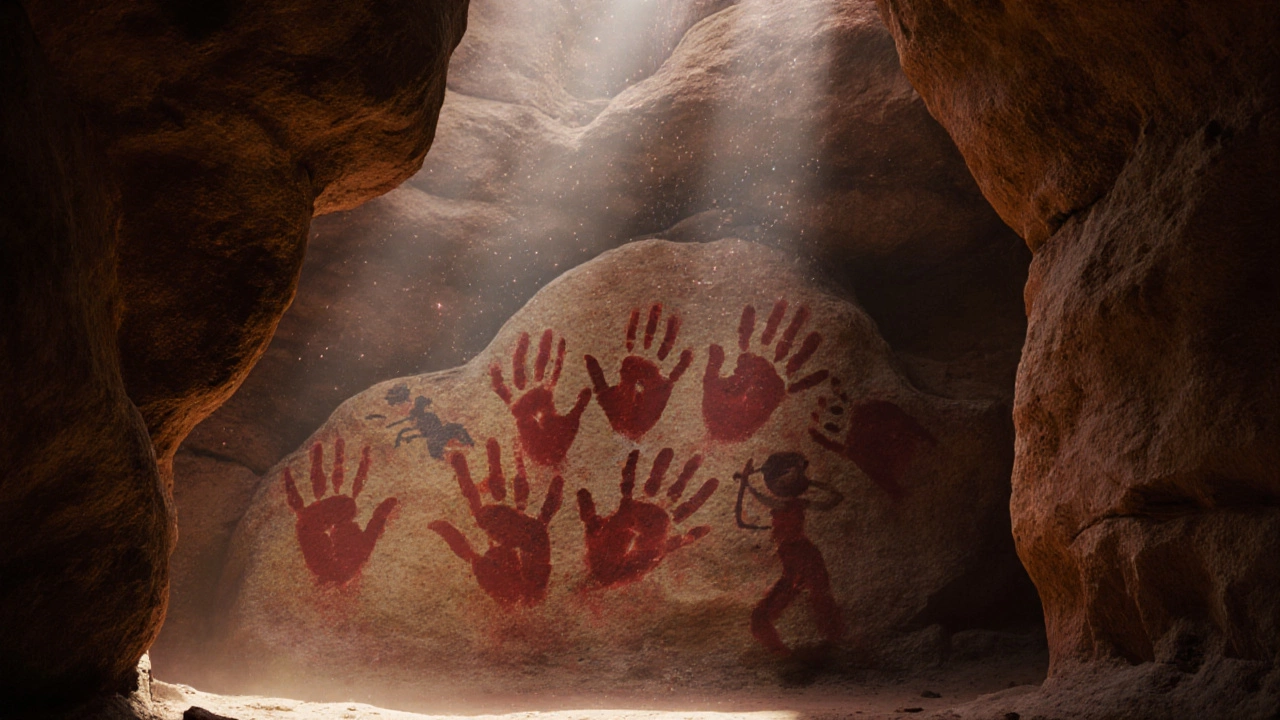
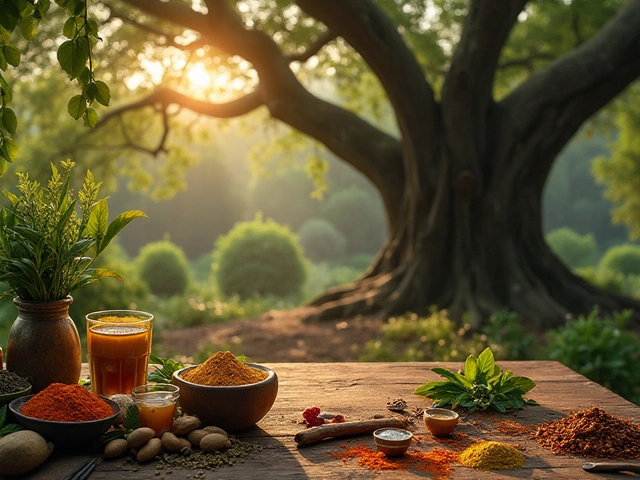
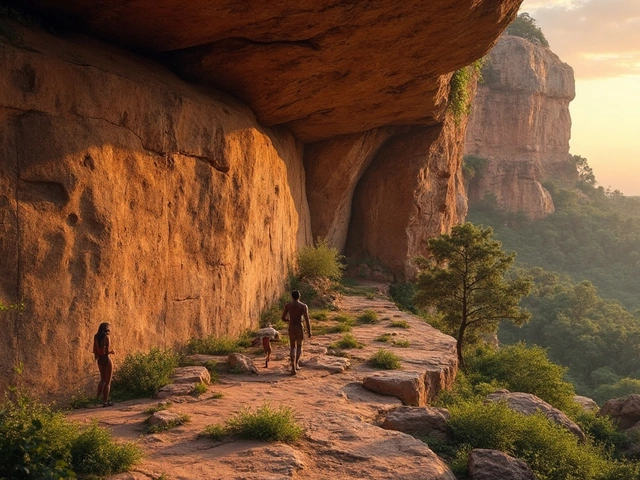
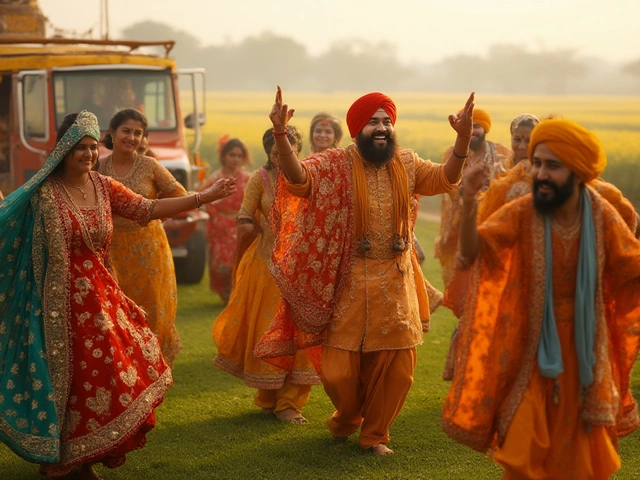
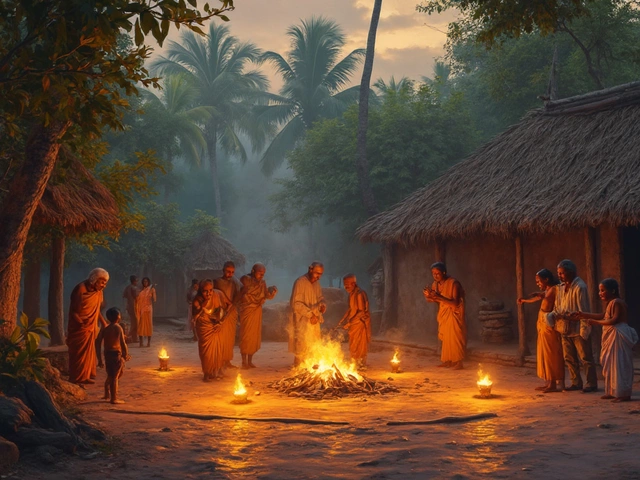
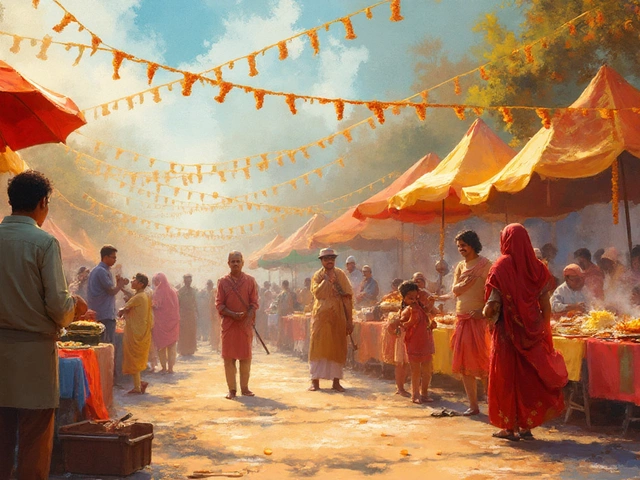
Write a comment